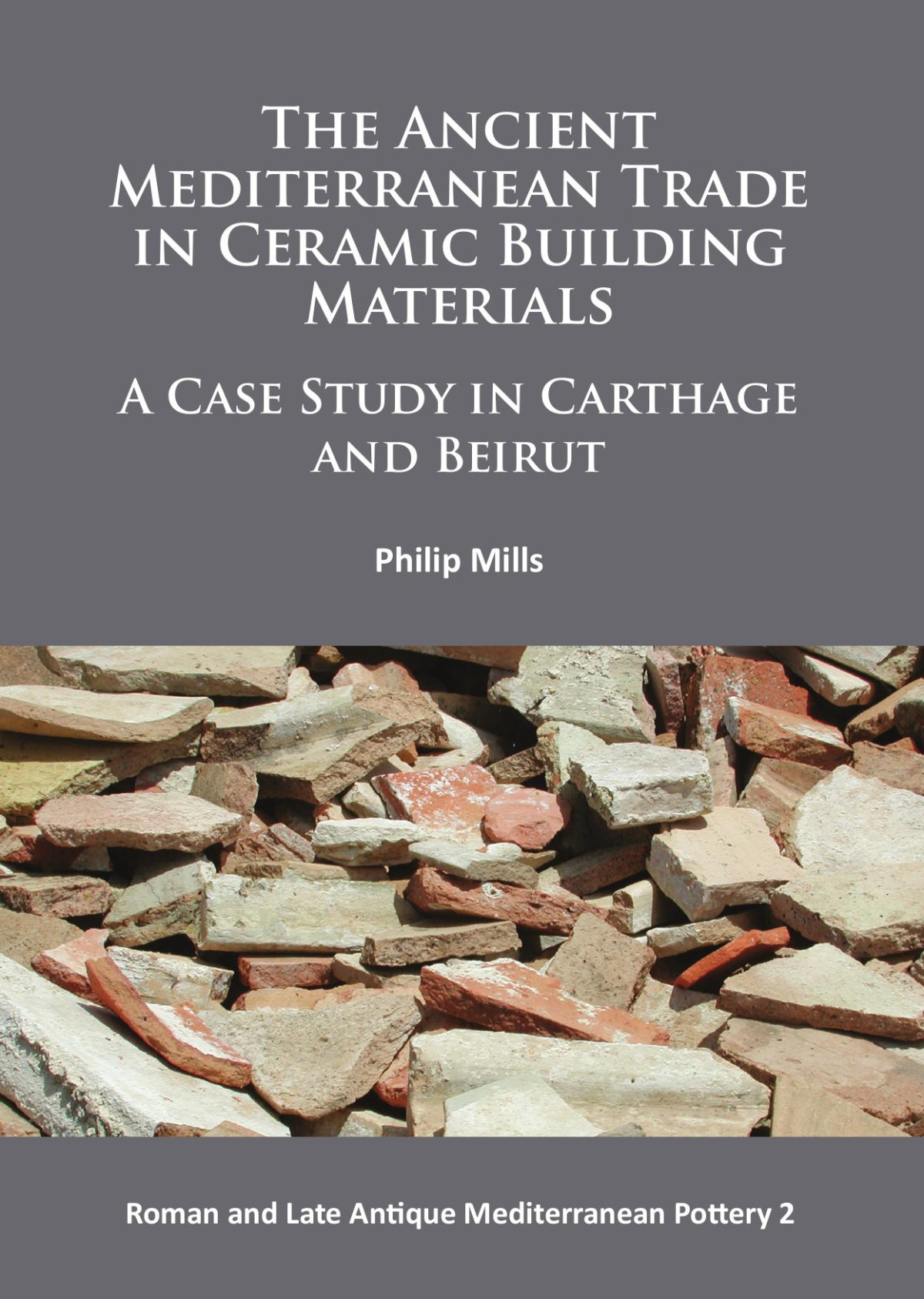

Most ebook files are in PDF format, so you can easily read them using various software such as Foxit Reader or directly on the Google Chrome browser.
Some ebook files are released by publishers in other formats such as .awz, .mobi, .epub, .fb2, etc. You may need to install specific software to read these formats on mobile/PC, such as Calibre.
Please read the tutorial at this link. https://ebooknice.com/page/post?id=faq
We offer FREE conversion to the popular formats you request; however, this may take some time. Therefore, right after payment, please email us, and we will try to provide the service as quickly as possible.
For some exceptional file formats or broken links (if any), please refrain from opening any disputes. Instead, email us first, and we will try to assist within a maximum of 6 hours.
EbookNice Team

Status:
Available0.0
0 reviews(Ebook) The Ancient Mediterranean Trade in Ceramic Building Materials a Case Study in Carthage and Beirut 1st Edition by Philip Mills - Ebook PDF Instant Download/Delivery: 1784910678 ,9781784910679
Full download (Ebook) The Ancient Mediterranean Trade in Ceramic Building Materials a Case Study in Carthage and Beirut 1st Edition after payment

Product details:
ISBN 10: 1784910678
ISBN 13: 9781784910679
Author: Philip Mills
This study (the second volume in the Archaeopress series devoted to the publication of ceramics in the Roman Mediterranean and outlying territories from the late Republic to late Antiquity) addresses the level of interregional trade of ceramic building material (CBM), traditionally seen as a high bulk low value commodity, within the ancient Mediterranean between the third century BC and the seventh century AD. It examines the impact of different modes of production, distribution and consumption of CBM and how archaeological assemblages differ from what is predicted by current models of the ancient economy. It also explores how CBM can be used to investigate cultural identity and urban form. CBM has great potential in investigating these topics. It survives in large quantities in the archaeological record; it is transported as a commodity in its own right, not as a container for other products like amphorae. The amount of CBM used in a building can be estimated, and this can be extrapolated to urban centres to model consumption in ways that are not possible for other goods. This allows the potential derivation of economic information to a higher level of precision than is the case for other materials. The material used in this study derives from stratified assemblages from two major ports of the ancient Mediterranean: Carthage and Beirut. CBM as a material is comparable to pottery, only it does not exhibit the same range of forms. This leaves fabric as a major means of analysing CBM samples. For this reason a programme of petrological thin sectioning has been carried out on these assemblages. These data have been combined with the taphonomic and dating evidence from the excavations. The results showed that the levels of imports of CBM into these two cities were much higher than would normally be expected from the orthodox model of the consumer city. They also suggest that CBM can be used as a tool to investigate cultural identity. This study is the second volume in the Archaeopress series devoted to the publication of ceramics in the Roman Mediterranean and outlying territories from the late Republic to late Antiquity. See below for LRFW 1. Late Roman Fine Wares. Solving problems of typology and chronology. A review of the evidence, debate and new contexts (2012) edited by Miguel Ángel Cau, Paul Reynolds and Michel Bonifay.
(Ebook) The Ancient Mediterranean Trade in Ceramic Building Materials a Case Study in Carthage and Beirut 1st Edition Table of contents:
Chapter 1: Introduction and Theory
Chapter 2: Methodology
Chapter 3: Analysis of the Fabrics
Chapter 4: Taphonomic and Other Analysis
Chapter 5: The Cultural Biography of CBM
Chapter 6: Conclusions and Further
Appendix I: The Database
Appendix II: The Method of Thin Sectioning
Bibliography
People also search for (Ebook) The Ancient Mediterranean Trade in Ceramic Building Materials a Case Study in Carthage and Beirut 1st Edition:
trade in the ancient mediterranean
ancient trade route extending from china to the mediterranean
trade routes in the ancient mediterranean
traders in the ancient mediterranean
what countries did ancient greece trade with
Tags: Philip Mills, Ancient Mediterranean Trade, Carthage, Beirut